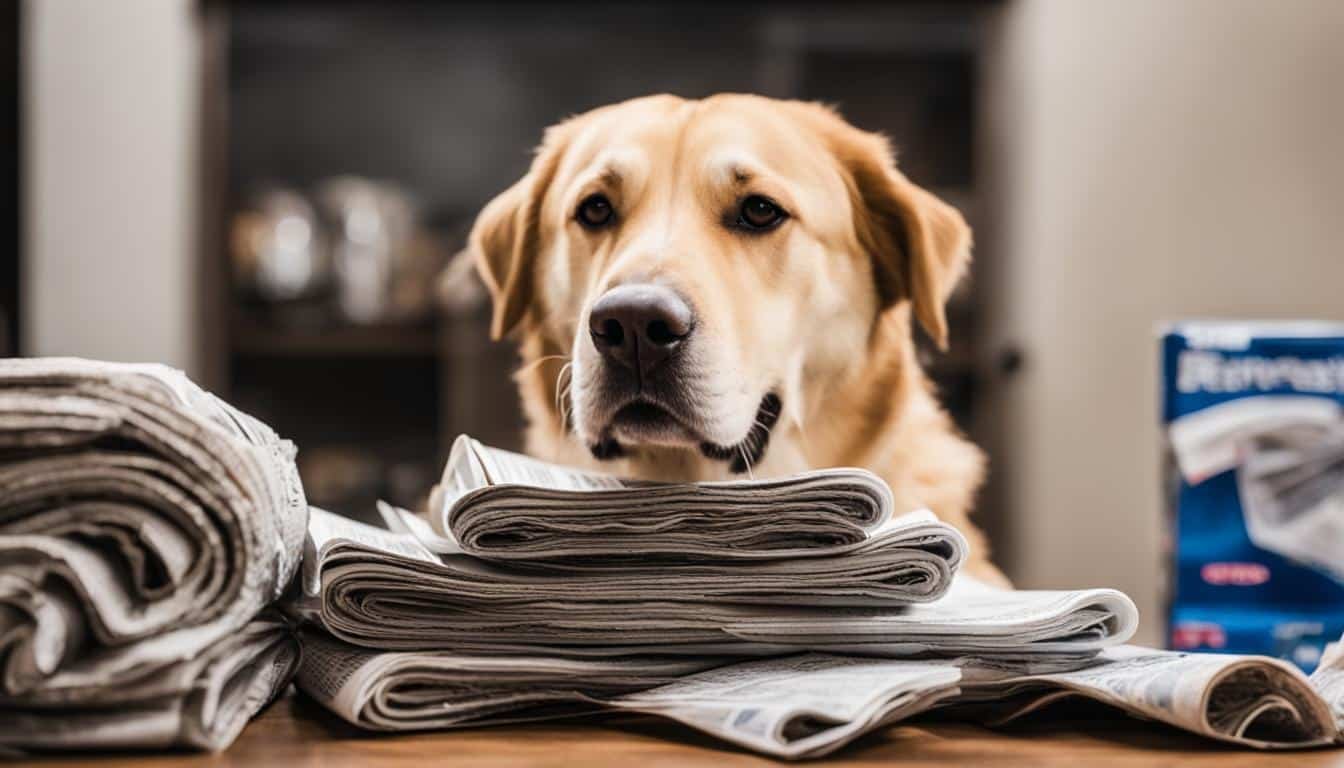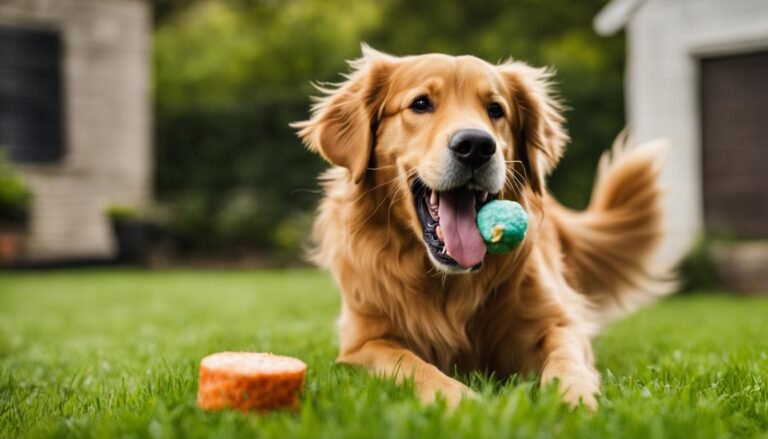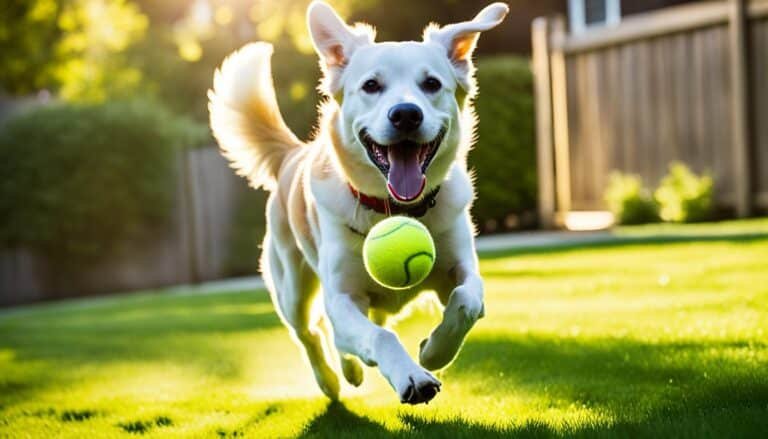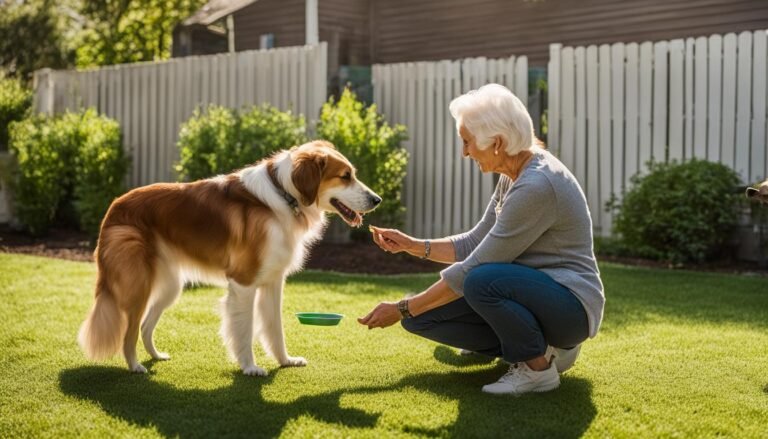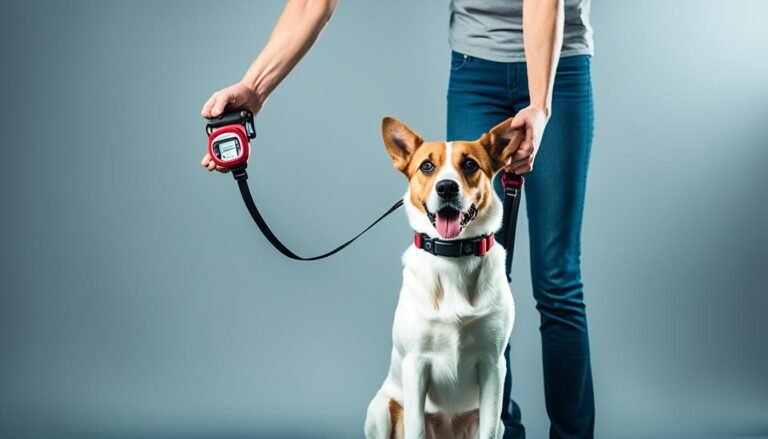How to Paper Train an Older Dog
Is your older dog having potty problems? Paper training might be the solution you’re looking for. Whether your furry friend is facing health issues, has limited mobility, or you’re living in an apartment, paper training can provide convenience and comfort for both you and your senior companion.
In this article, we will guide you through the steps and offer valuable tips on how to paper train an older dog effectively. From understanding the benefits of paper training to establishing a routine that works, we’ve got you covered.
With our help, you’ll discover how to housebreak an older dog and achieve success in their potty training. Get ready to create a living space where accidents become a thing of the past.
Why Paper Training is a Solution for Older Dogs
As dogs age, they may experience various health issues that make it difficult for them to go outside to relieve themselves. This can pose a challenge for pet parents who want to ensure their senior dogs maintain good hygiene without causing discomfort or stress. That’s where paper training comes in as a practical and convenient solution.
Paper training provides older dogs with an alternative indoor toilet option, allowing them to relieve themselves comfortably within their home environment. This is especially beneficial for senior dogs with limited mobility or medical conditions that make it harder for them to make frequent trips outside.
By introducing paper training, you can create a designated potty area for your older dog within the comfort of your home. This can help prevent accidents and provide your pet with a consistent and reliable spot to relieve themselves when necessary.
Indoor potty training for older dogs not only eases the strain on their aging bodies but also gives pet parents peace of mind, knowing that their furry companions have a convenient option readily available to them. Whether you live in an apartment with limited access to outdoor space or have a senior dog with specific health needs, paper training offers a practical solution.
Now, let’s explore the reasons why paper training is a beneficial and effective solution for older dogs.
How to Paper Train an Older Dog
Paper training an older dog can be a successful endeavor with the right approach and consistent training sessions. It requires patience, positive reinforcement, and a well-structured routine. By following these steps, you can effectively paper train your older dog to use pee pads.
Schedule Training Sessions
Set aside dedicated time for training your older dog to use pee pads. Consistency is key, so aim for multiple short sessions throughout the day rather than one long session. This will help your dog establish a routine and understand the purpose of the pee pads.
Set Up a Potty Area
Designate a specific area in your home where you will place the pee pads. Choose a quiet and easily accessible location that is away from your dog’s sleeping and eating areas. This will help them associate that spot with their potty needs.
Introduce the Dog to the Pee Pads
When introducing your older dog to the pee pads, place them in the designated area and let your dog examine them. Encourage your dog to sniff and explore the pads, making them feel comfortable with their presence. You can use positive reinforcement by giving treats or praise when your dog shows interest in the pee pads.
Practice the Routine with Gentle Guidance
Take your older dog to the potty area regularly, especially after meals, naps, or playtime. If you notice signs that your dog needs to go, such as circling or sniffing, guide them gently to the pee pads. Patience is essential during this learning process, as accidents may occur initially. Avoid scolding or punishing your dog, as this can create anxiety and hinder progress.
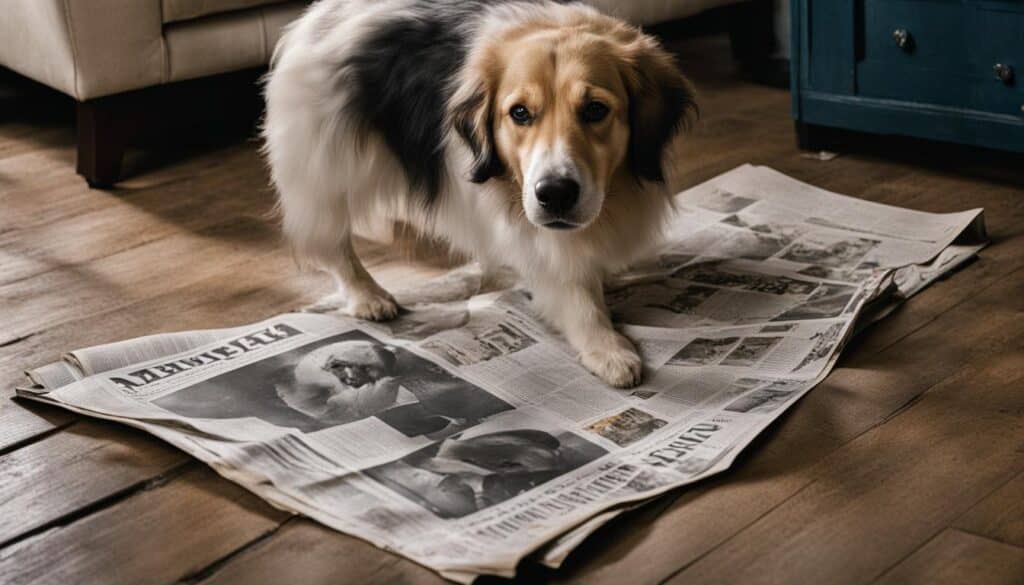
Reward Successful Elimination on the Pee Pad
When your older dog successfully eliminates on the pee pad, offer immediate praise and treats as a reward. Positive reinforcement helps reinforce the desired behavior and encourages your dog to continue using the pee pads. Consistency in rewarding good behavior will reinforce the paper training process.
By following these guidelines, you can effectively paper train your older dog to use pee pads. Remember to be patient, consistent, and reward your dog’s progress along the way. With time and practice, your dog will become accustomed to the routine and successfully use the pee pads.
Tips for Successful Paper Training
When it comes to paper training an older dog, there are several tips that can greatly enhance the success of the training process. By following these tips, you can ensure that your furry friend quickly adapts to using puppy pads and maintains good potty habits. Let’s dive into these valuable tips:
Schedule enough time for training
Training an older dog requires time and patience. Set aside dedicated training sessions to focus on teaching your dog to use the puppy pads. Consistency is key, so make sure to stick to your schedule and provide your dog with regular opportunities for potty training.
Plan scheduled feedings
Establishing a consistent feeding schedule will help regulate your dog’s bathroom habits. By feeding your dog at the same times each day, you can predict when they will need to eliminate and direct them to the puppy pads accordingly.
Introduce the dog to the pee pads
Take the time to familiarize your dog with the puppy pads. Place them in a designated potty area and encourage your dog to explore and sniff them. Using positive reinforcement, reward your dog for showing interest in the pads and reinforce the idea that this is their spot to go potty.
Set a potty area
Designate a specific area in your home where you want your dog to do their business. This will help create a clear association between that area and the puppy pads. Choose a quiet and easily accessible spot that is away from their sleeping and eating areas.
Practice the routine
Consistency is key when it comes to training any dog. Take your dog to the designated potty area at regular intervals, especially after meals, naps, and playtime. Encourage them to use the puppy pads by using a verbal cue or command. With practice, your older dog will start associating the cue with the desired behavior.
Reward the dog for good behavior
Positive reinforcement is crucial in training an older dog. When your dog successfully eliminates on the puppy pad, praise them enthusiastically and offer a small treat or a pat on the head. This will reinforce the behavior and motivate your dog to continue using the pads.
Use high-quality pee pads
Investing in high-quality puppy pads is essential for successful paper training. Opt for pads that are absorbent, leak-proof, and odor-neutralizing. This will ensure that both you and your older dog have a pleasant experience throughout the training process.
By following these tips, you can effectively train your older dog to use puppy pads, providing them with a convenient potty solution while maintaining a clean and hygienic living environment for both you and your furry companion.
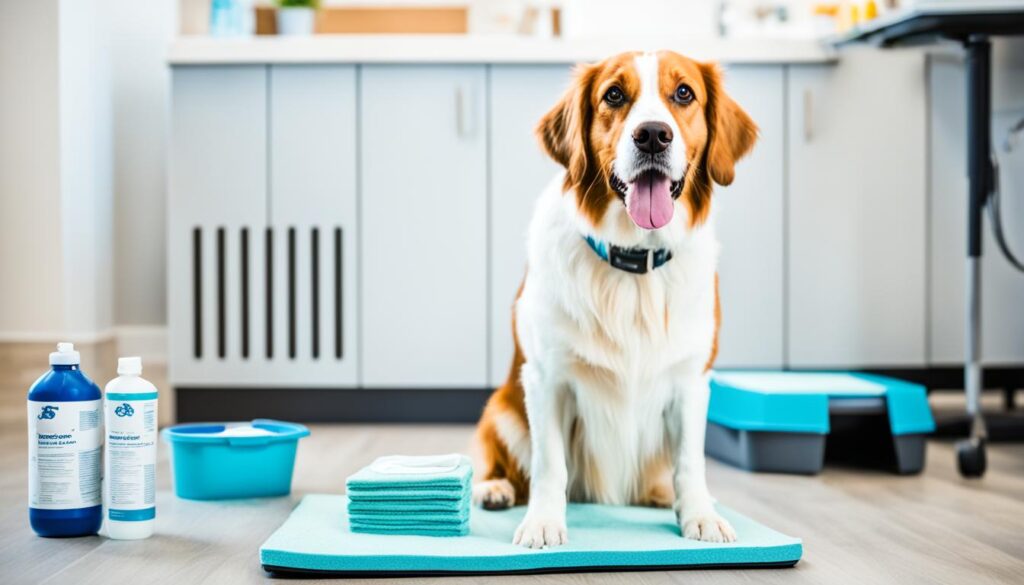
Conclusion
In conclusion, paper training can be a practical and effective solution for training an older dog to use puppy pads. By following the step-by-step guide and implementing the tips provided in this article, you can successfully paper train your senior dog and ensure their comfort and hygiene. Remember that patience is key, as it may take some time for your dog to fully adapt to the new routine.
Consistency is also crucial in the training process. Make sure to schedule regular training sessions and provide gentle guidance to your dog during the initial stages. Positive reinforcement, such as verbal praises and treats, can greatly motivate your older dog to use the puppy pads consistently.
With proper guidance and care, older dogs can successfully adapt to paper training and maintain their potty routine effectively. So don’t get discouraged if there are occasional accidents along the way. Stay committed to the training process and offer plenty of encouragement and support to your furry friend. In no time, your older dog will become familiar with using puppy pads and you can enjoy a clean and hygienic living environment together.
